Clivia Bloom Cycle: Tips On Getting Clivias To Rebloom
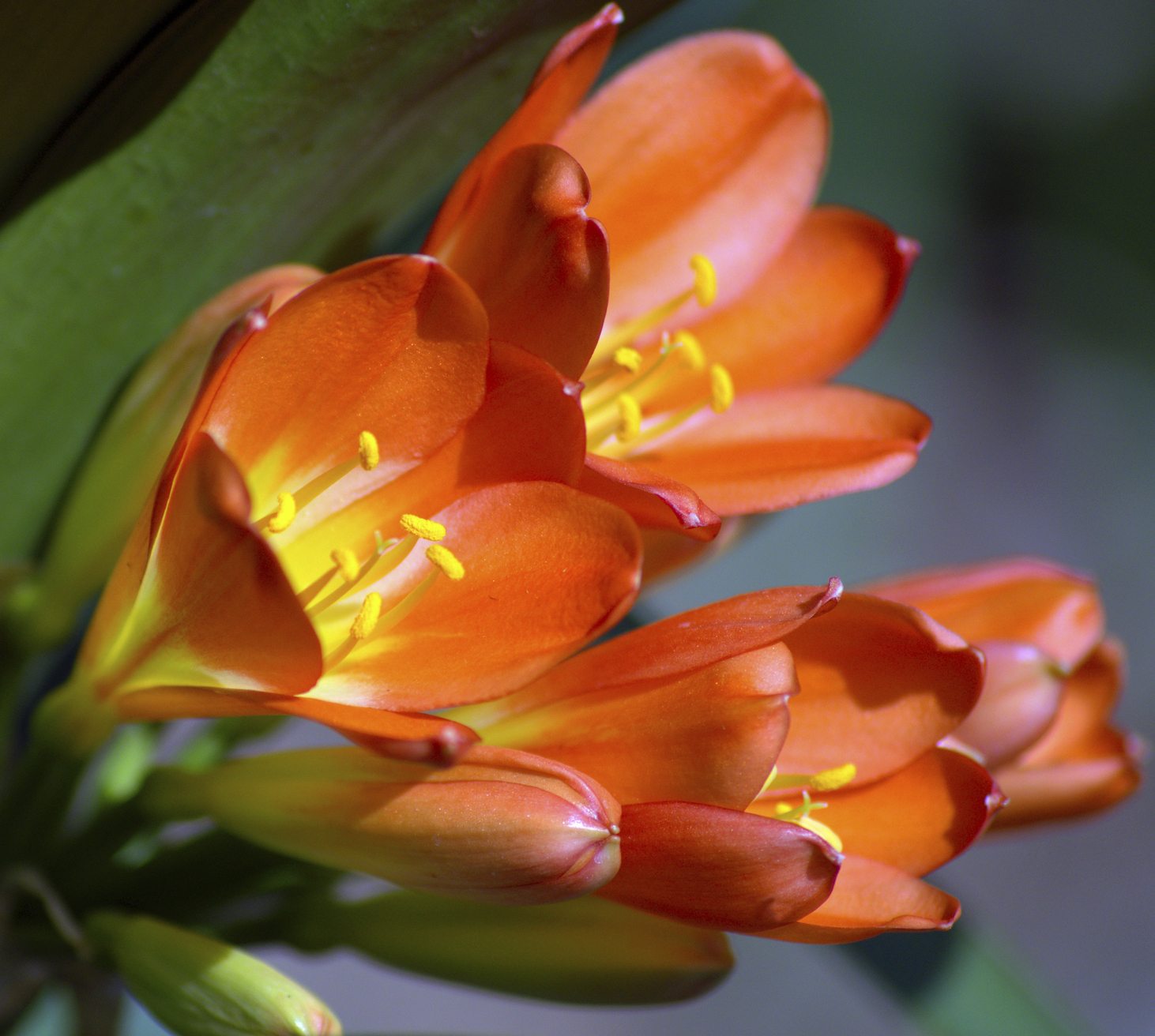

Clivia is a beautiful, but uncommon, flowering houseplant. Once owned only by the wealthy, clivia is now available for sale in many greenhouses. Clivia may catch your eye due to its beautiful blooms in February and March when little else is blooming. However, once you get it home, the blooms may fade, leaving you wondering how to make a clivia rebloom. Continue reading this article to learn about the clivia bloom cycle and tips on forcing clivia to bloom again.
Getting a Clivia to Bloom Again
Young clivia plants can be much less expensive, but you will need to be quite patient to ever see it bloom, as it can take anywhere from two to five years for a clivia to bloom for the first time. It is better to purchase an already blooming clivia plant, which is usually in February and March. With a little effort, you can prolong clivia blooms or get clivia to flower again. Clivia blooms better when pot-bound, so repotting too often will upset the clivia bloom cycle. In late January or early February, use a bloom-boosting fertilizer to promote and prolong blooms. While blooming, use a 20-20-20 fertilizer every two weeks.
Forcing Clivia to Bloom
It is possible to force clivia to bloom once the initial flowering period is over. Clivia needs a cold period of 25-30 days in order to bloom. You can simulate this natural cold period by placing your clivia in a cool area with daytime temperatures at about 40-60 degrees F. (4-15 C.), but no lower than 35 degrees F. (1.6 C.) at night. Do not water your clivia during this cold period. After a 25- to 30-day cold period, you can slowly increase the temperature where the clivia is located. Also, slowly and gradually increase the watering. Use a fertilizer with high potassium at this time. Doing these things will force the clivia to bloom. Turn the pot slightly every day so that buds and blooms will be encouraged to grow evenly around the plant. Once the clivia is blooming again, go back to using a 20-20-20 fertilizer every two weeks.
Gardening tips, videos, info and more delivered right to your inbox!
Sign up for the Gardening Know How newsletter today and receive a free copy of our e-book "How to Grow Delicious Tomatoes".
-
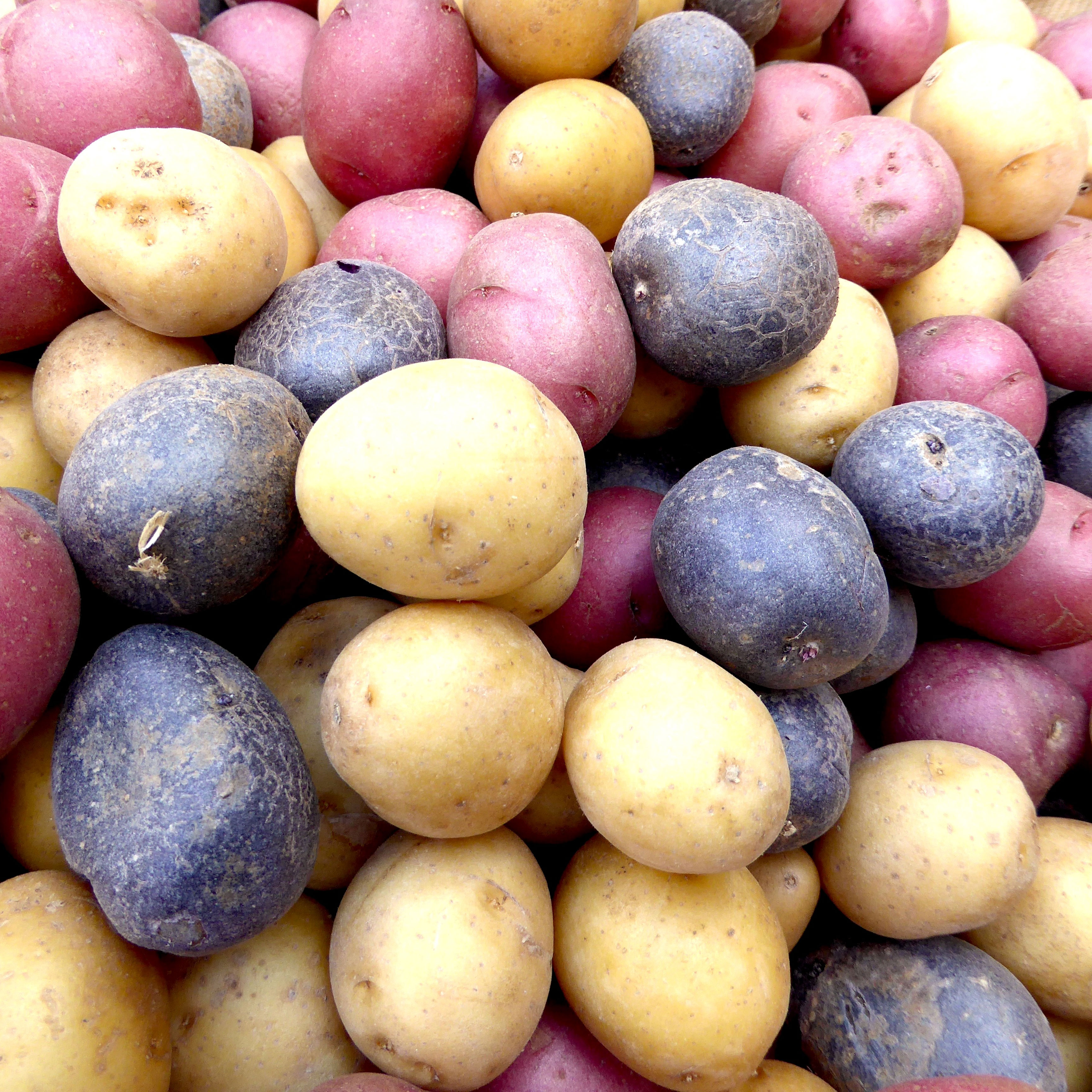 Tuck Into Tasty Homegrown Heritage Spud Varieties: 7 Of The Best Heirloom Potatoes
Tuck Into Tasty Homegrown Heritage Spud Varieties: 7 Of The Best Heirloom PotatoesDo you love your potatoes but fancy a little unique flavor? If you’re interested in taters with a heritage twist, here are some of the best heirloom potatoes to try
-
 Which Invasive Shrubs Should You Avoid Growing? Plus, Best Natives To Plant Instead
Which Invasive Shrubs Should You Avoid Growing? Plus, Best Natives To Plant InsteadCertain plants may look lovely but they can wreak havoc to local areas and native wildlife. Here are the key invasive shrubs to avoid – with recommendations on gorgeous native alternatives to try
-
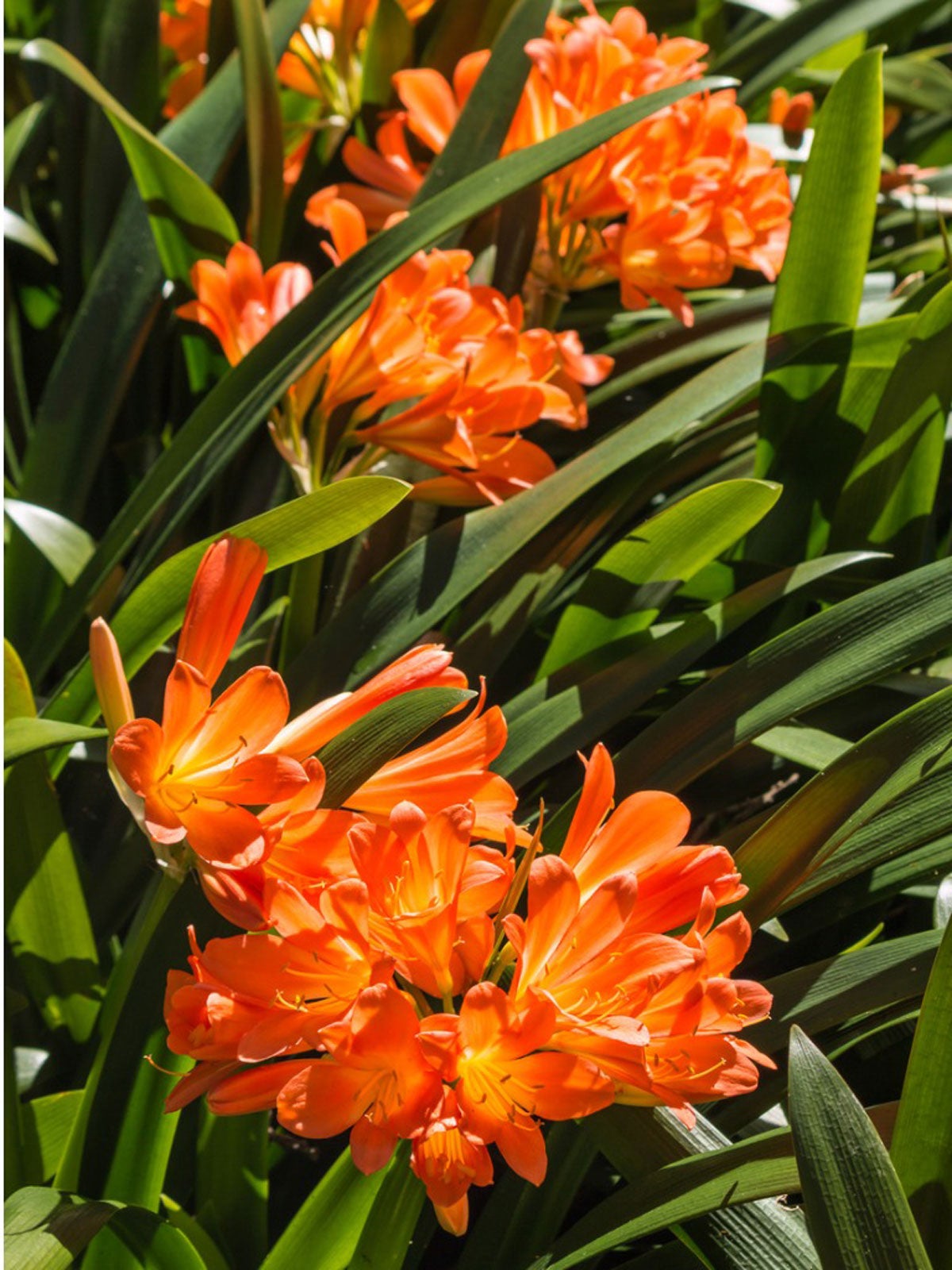 What’s Wrong With My Clivia: Diagnosing Problems With Clivia Plants
What’s Wrong With My Clivia: Diagnosing Problems With Clivia PlantsCaring for clivia plants is simple; however, there are some clivia plant problems and diseases to look out for. Find out what those are here.
-
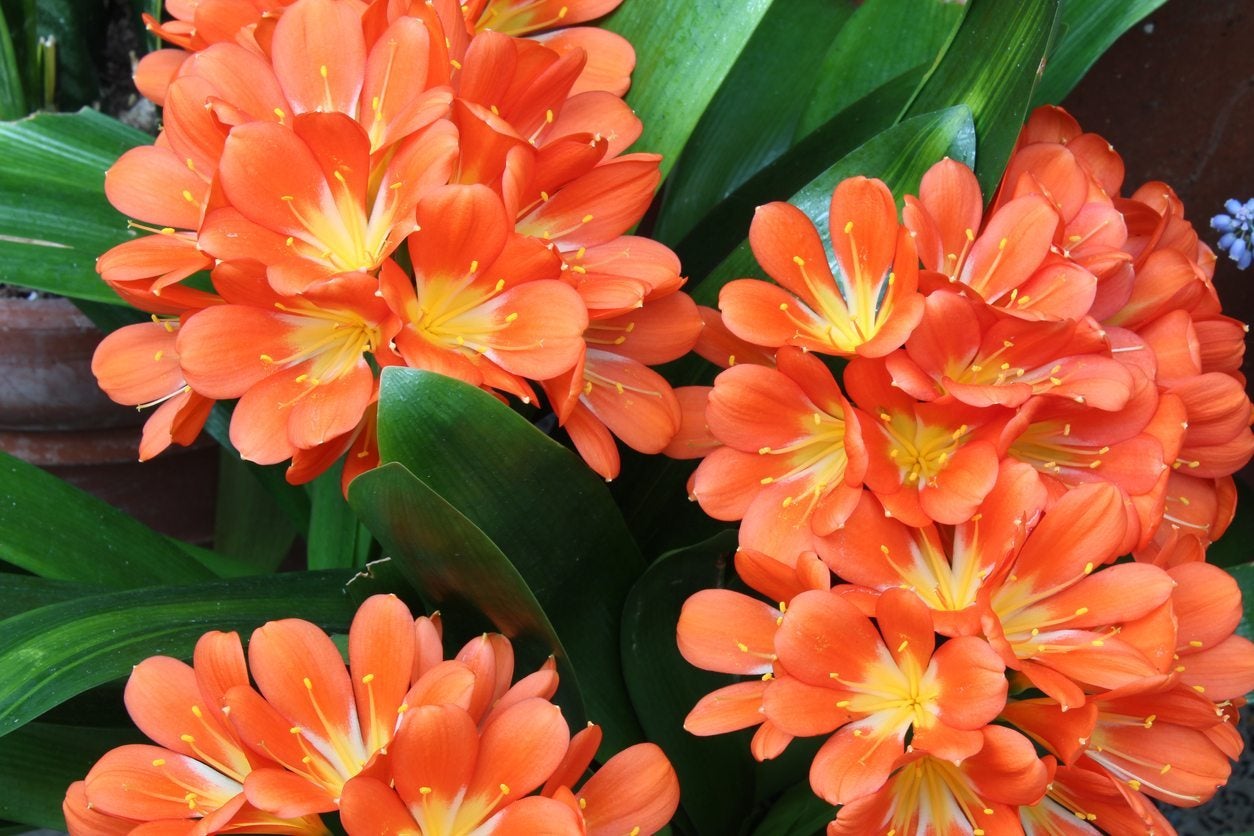 Outdoor Clivia Lily Care: Learn About Growing Clivia Lilies Outdoors
Outdoor Clivia Lily Care: Learn About Growing Clivia Lilies OutdoorsClivia lily is becoming more popular with gardeners around the world. It is mostly used as a houseplant, but clivia lily in the garden can provide beautiful clumps of foliage and flowers in warmer regions. Learn more about growing them in the garden here.
-
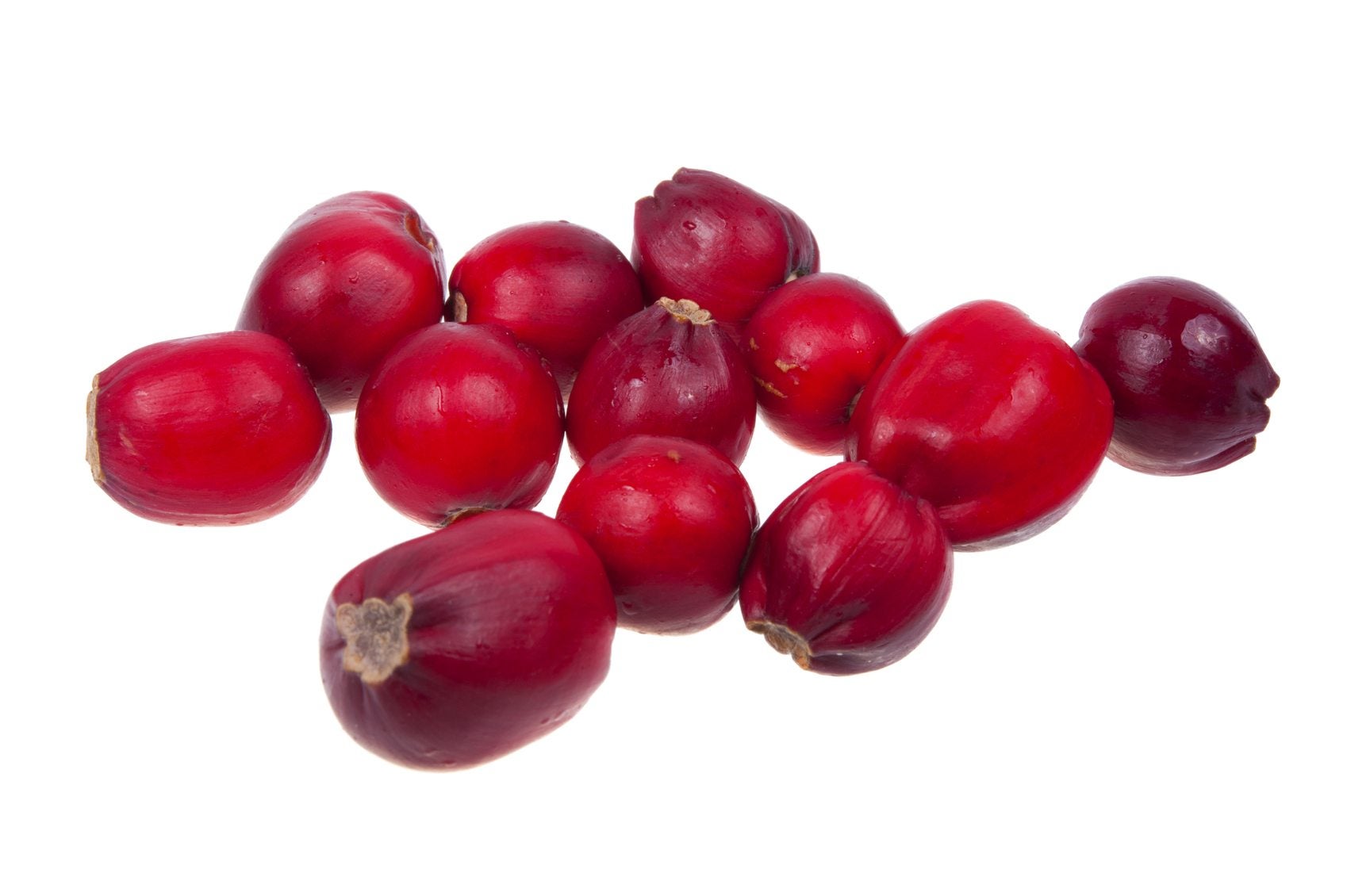 Clivia Seed Germination: How Do I Germinate Clivia Seeds
Clivia Seed Germination: How Do I Germinate Clivia SeedsClivia is a fascinating plant but can get very expensive if bought full grown. Luckily, it can be grown relatively easy from its large seeds. Use the information in this article to learn more about clivia seed germination and growing clivia by seed.
-
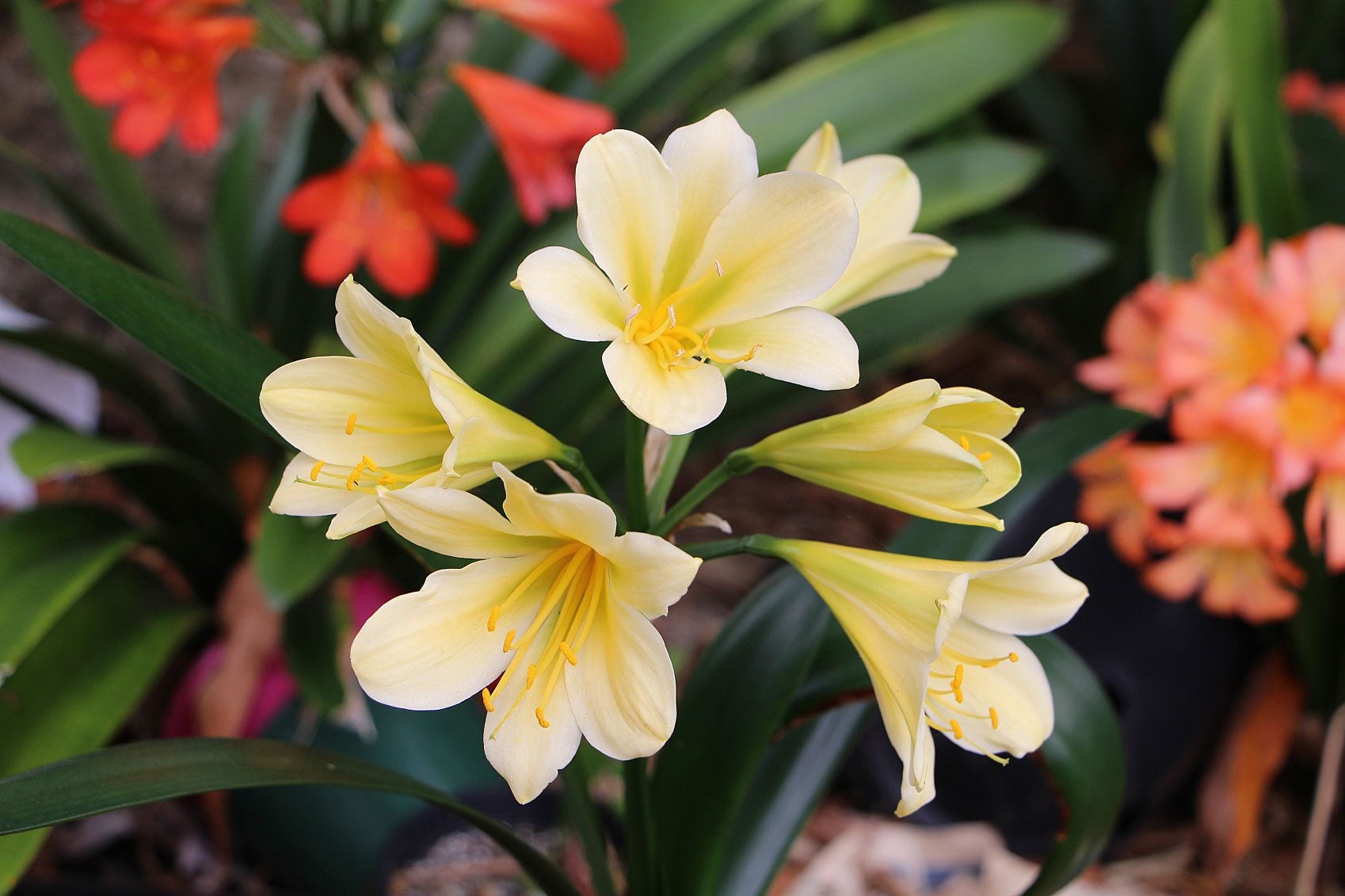 Clivia Color Change: Reasons Why Clivia Plants Turn Color
Clivia Color Change: Reasons Why Clivia Plants Turn ColorClivia plants come in a wide range of colors and some are even variegated. Read on to learn more about clivia flower colors.
-
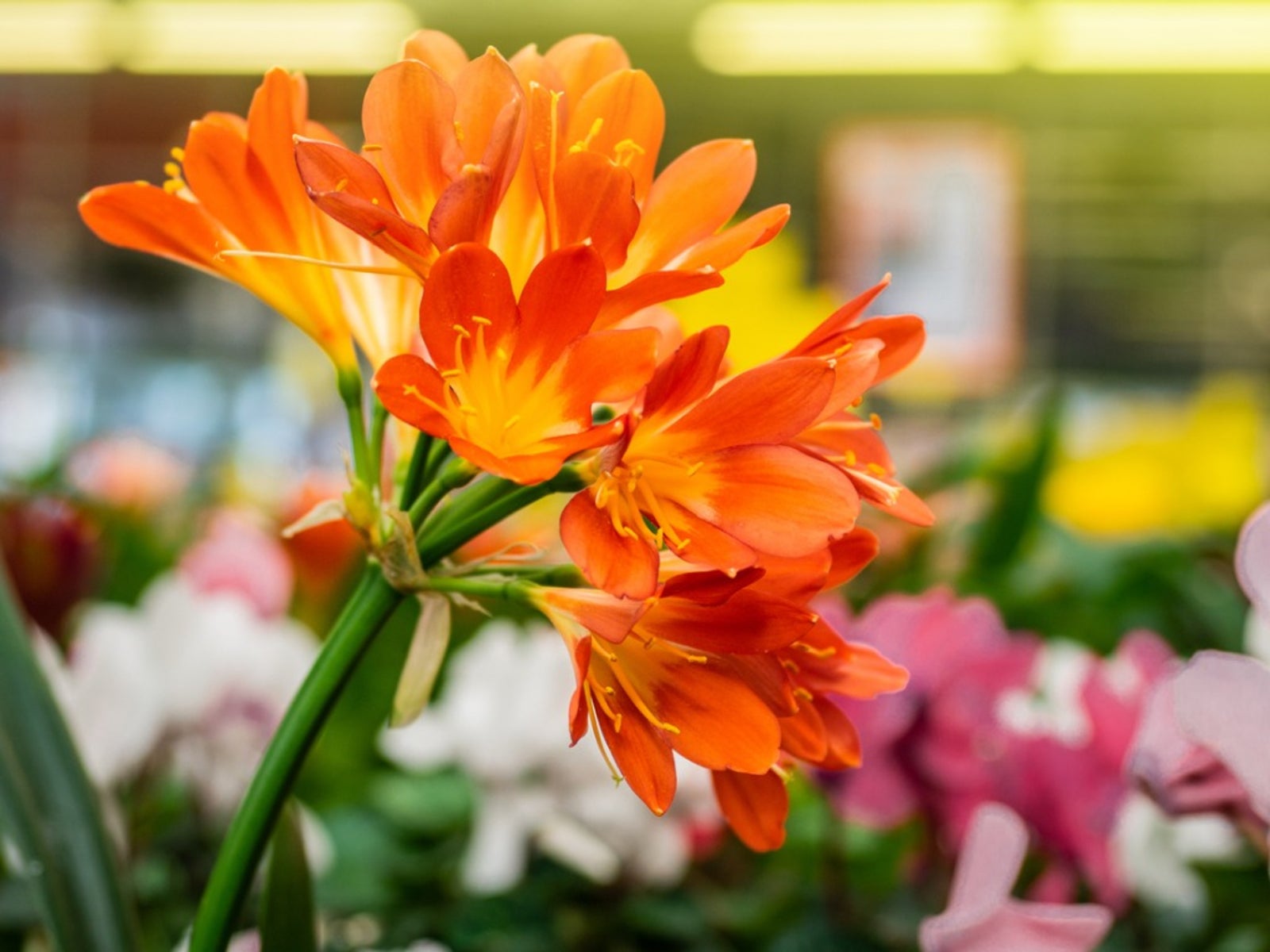 Growing Clivia - Care For Clivia Plant
Growing Clivia - Care For Clivia PlantClivia plants have become quite popular with collectors. While most clivias are grown as interesting houseplants, in suitable locations they can be grown as outdoor container plants. Learn more here.